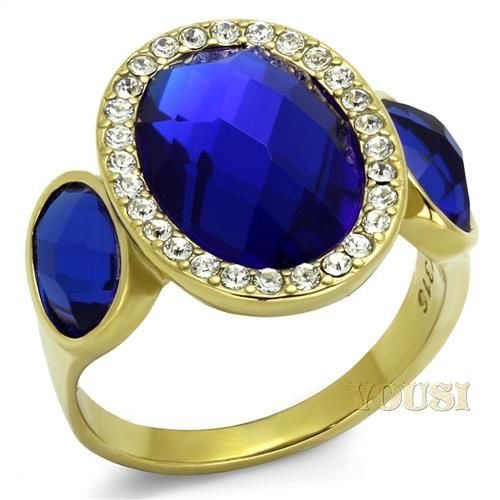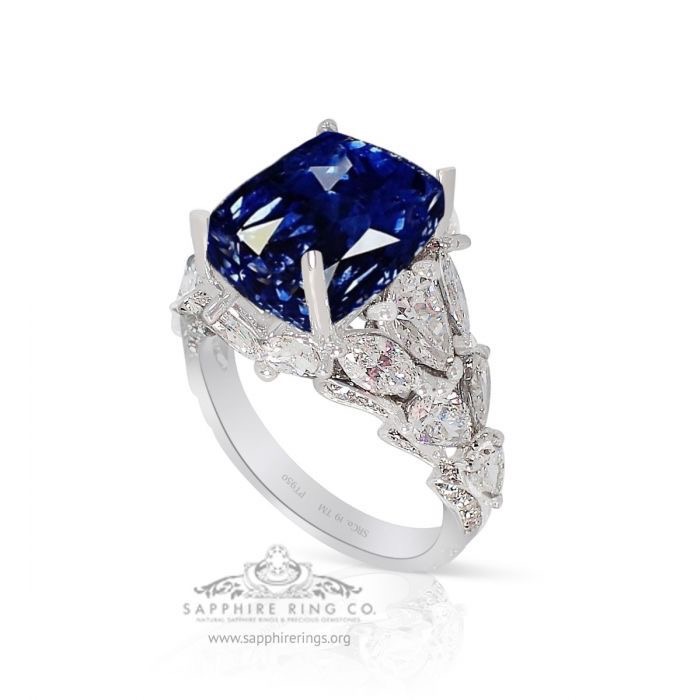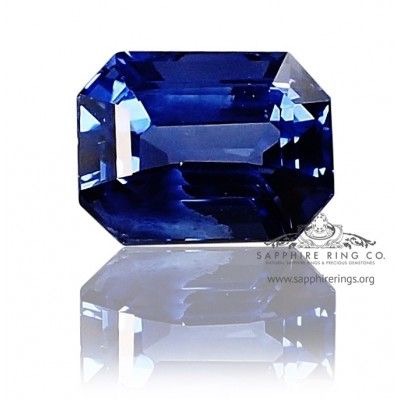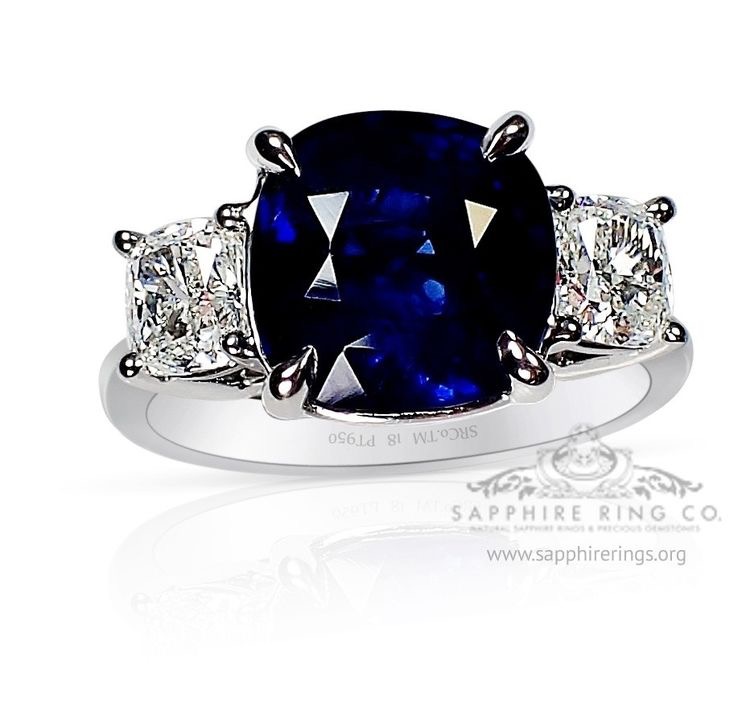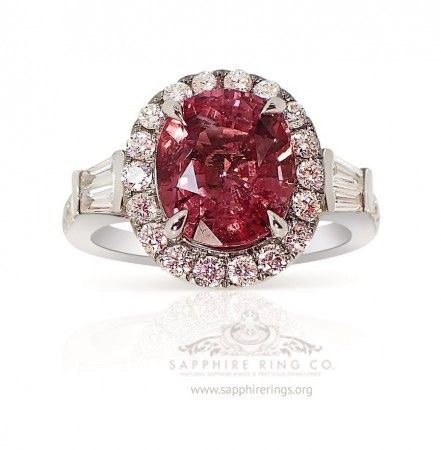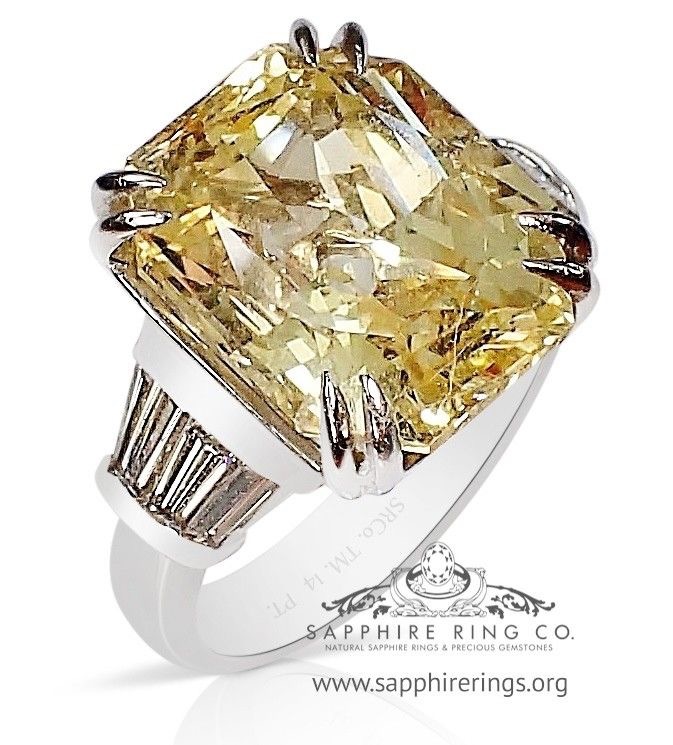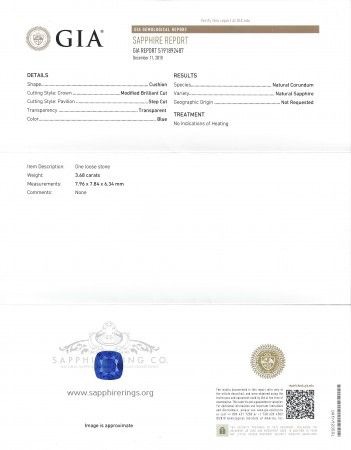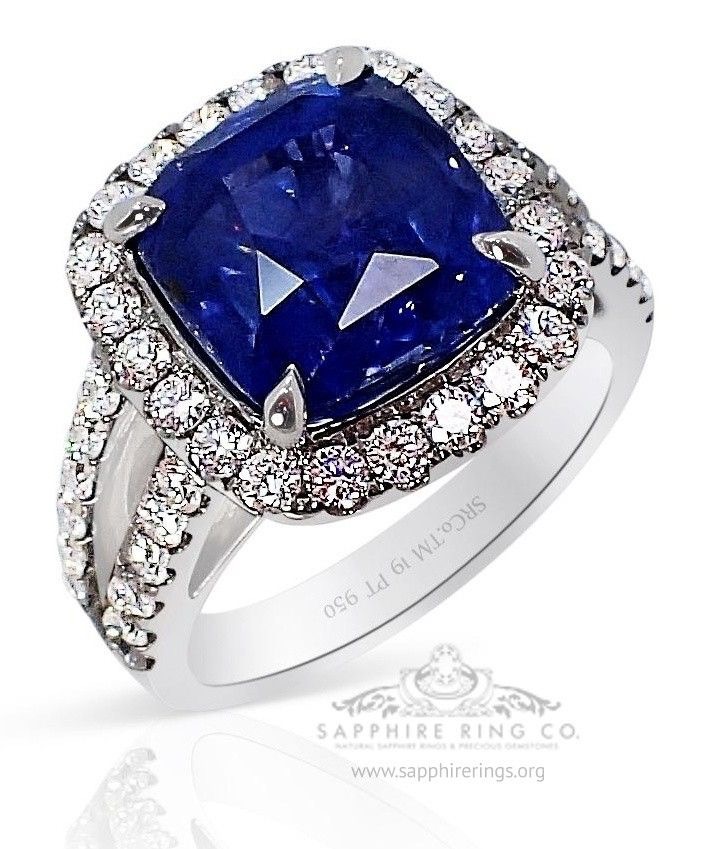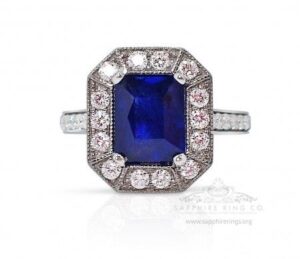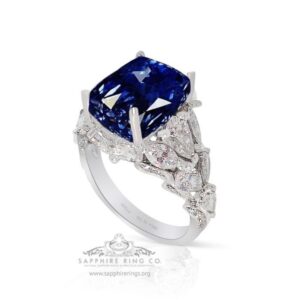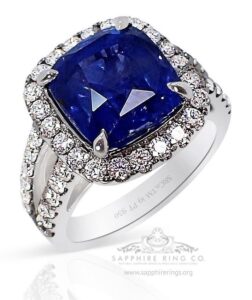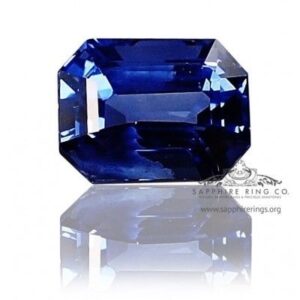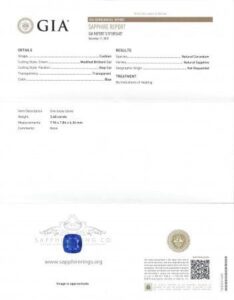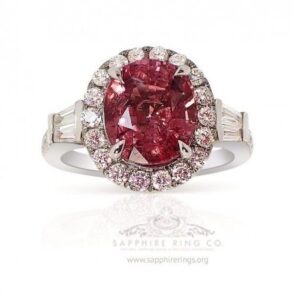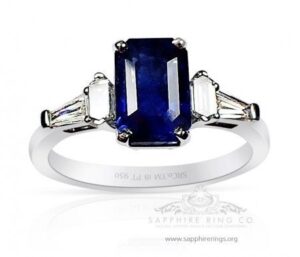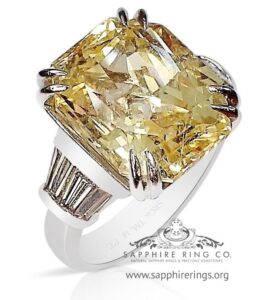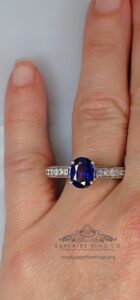Most people would think choosing a Sapphire Ring is easy and straightforward. However, knowing that there exists both natural as well as synthetic sapphires, both of which have their own pros and cos, the choice becomes a bit harder. Therefore, before you make up your mind about which one is the better buy in your case, let us first see the main differences between a Natural Sapphire & Synthetic Sapphire.
Buying an engagement ring – How much should you spend?
The Origin of Sapphires
Just like most rare high-quality gems, Natural Sapphire used in rings comes from the ground. In addition, these elusive stones are formed over a span of 60 to 100 million years due to a combination of extreme pressure and temperatures of over 1800 degrees Celsius, along with the perfect mix of chemicals.
A Synthetic Sapphire, on the other hand, has been created by people in most cases inside an advanced laboratory were they able to give it their desired color, from Kashmir blues to pinks, yellows and even fancy colored. In fact, you can find synthetic sapphires in almost every spectrum of the rainbow except for color-change.
Detecting Natural & Synthetic Sapphire
Chemically there is no difference between the two. For instance, both are formed from the mineral Corundum and, therefore, demonstrate identical properties. Therefore, without an experienced gemologist, it is very difficult to tell the two apart. This is why it is so important that to obtain the authenticity report any time you are buying a natural sapphire!
How Natural Is Natural Sapphire
Today it is estimated that nearly 80% of all Sapphire sold as natural has been chemically enhanced. This makes a laboratory report from respected gemology laboratories like the GIA or AGL, the only ones equipped to detect such enhancements, an essential part of the sale as a result. Moreover, with the cost of natural sapphires, respected jewelers like us won’t have any problem sending off your chosen engagement ring to one of these laboratories for an authenticity report to ensure that you are actually getting what you payed for.
GIA report for natural blue sapphire – 7.64 ct Custom natural sapphire ring.
How Natural Sapphire Differs From Synthetic Sapphire?
The biggest difference is, of course: price. For instance, a good quality Natural Sapphire starts off at well over a $1,000 per carat, whereas a synthetic sapphire can cost less than $100 per carat. As a result, this provides a 90% saving on a gem which is structurally identical. In addition, in most cases the synthetic sapphire will have better hue, tone and saturation compared to the natural thing since it was created in the lab with perfection and flawlessness in mind.
3 Stone 5.25 ct Platinum natural Sapphire Ring, Both the sapphire & diamonds come with GIA reports.
The Final Verdict
So, why choose Natural Sapphire over Synthetic? The answer is probably the same as why people don’t opt for a synthetic Diamond. Natural sapphires, especially Ceylon Sapphires carry a romance which can’t be created in a laboratory. They carry natural birthmarks that were created millions of years ago. These inclusions give the stone its own identity and ensure that no two pieces of Sapphire are exactly alike.
Just be ready to pay a premium for the real thing!
3.02 ct Pink natural sapphire ring 13.36 ct Yellow natural sapphires Ceylon ring
In conclusion, if you budget doesn’t allow for one of these natural sapphires, then opting for a synthetic sapphire is still not a bad idea. After all, you have a stone with amazing color as is just as durable as a natural sapphire.
If you looking at a natural sapphire ring or have questions, contact us! We are here at your service, 24/7 365 days a year.
